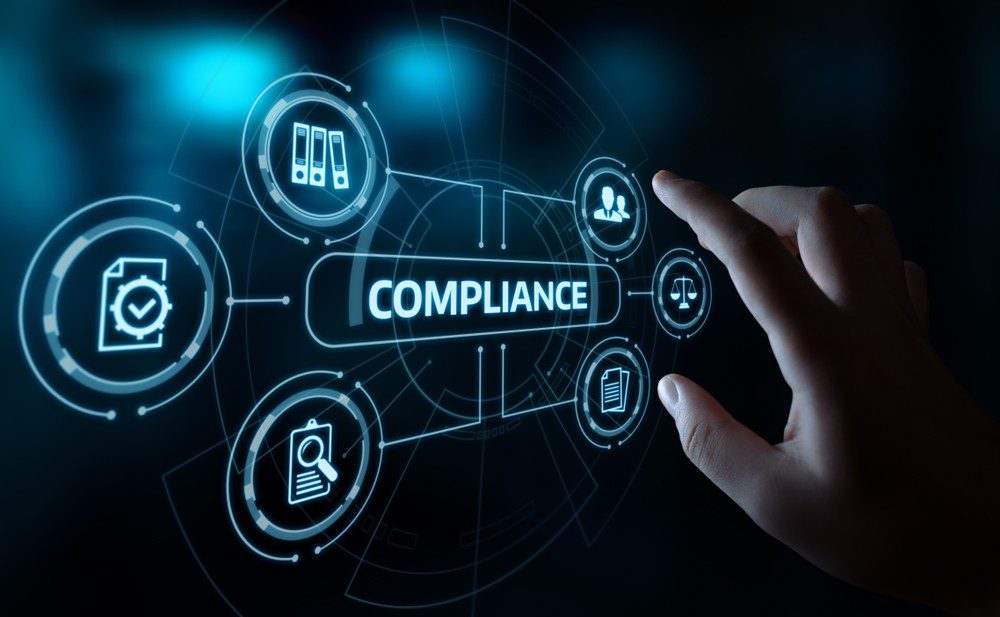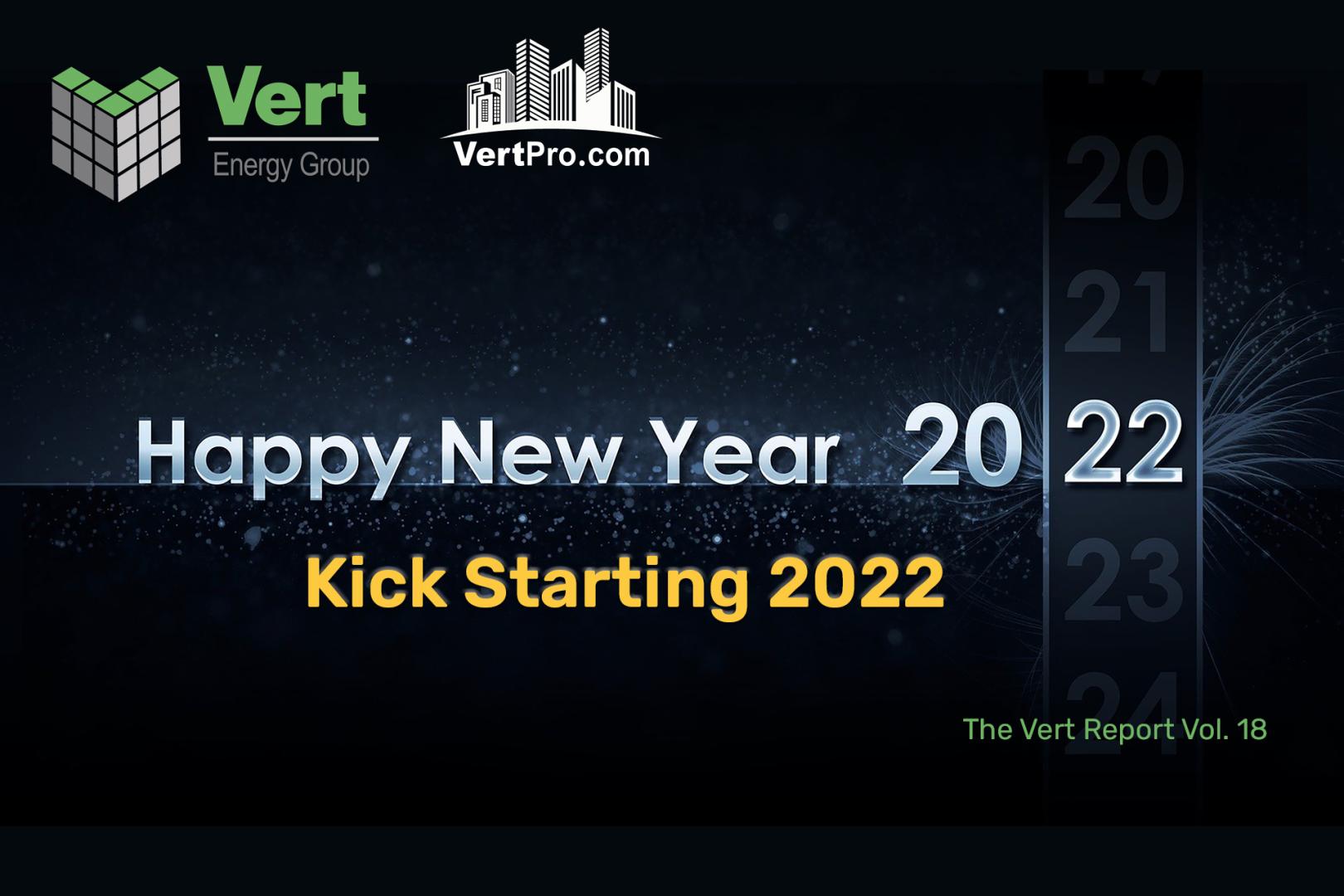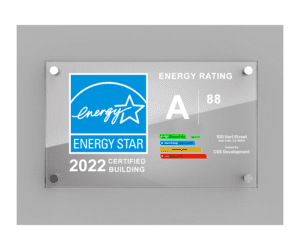LA is setting the standard for green businesses, and understanding their energy benchmarking emission limits will ensure you don’t get left behind. Far more than an annoyance to business owners, failing to comply with these regulations can directly impact your reputation and wallet size! In this guide, we’ll explain exactly what LA’s rules are; when they apply; why it matters right now; plus how adhering to them might benefit everyone involved – from employees to customers alike!
And if you’re serious about meeting standards across all sizes & sectors of organizations? Then check out our best practices advice at the end – everything a budding eco-friendly entrepreneur needs in one place. Learn today: live ‘green’ tomorrow!
What Is LA Energy Benchmarking Emission Limit?
LA has implemented a comprehensive energy benchmarking and emission limit policy to reduce its non-residential buildings’ greenhouse gas emissions. This program, EBEWE, allows building owners to measure their energy performance against similar structures or the city’s own settings over time.
By implementing efficient technology and operations practices into the design of these policies, LA is creating an effective roadmap for improving energy efficiency in all aspects of commercial real estate ownership. Through this initiative, it can be seen that environmental stewardship plays a crucial role in driving economic growth throughout California and positively impacting global efforts toward climate change adaptation!
Who Can Comply With LA Energy Benchmarking?

With rising energy costs, businesses in Los Angeles are keeping their eyes open for ways to save. The city’s benchmarking policy requires buildings bigger than 20,000 square feet to assess and upload data on water and energy use into Energy Star Portfolio Manager annually. This produces an easy-to-understand score denoting the building’s efficiency level – a higher score means better performance in being more environmentally responsible!
With such a straightforward way of showing commitment towards sustainability goals while cutting back on expenses, LA organizations have plenty of reason to invest time and effort into establishing green practices that make them stand out as leaders in becoming sustainable powerhouse cities!
Deadline For LA Energy Benchmarking Report
Los Angeles energy benchmarking reports are due on June 1! Whether jointly or separately owned, many new and existing buildings over 20,000 square feet of gross floor area in Los Angeles must comply with the city’s energy benchmarking ordinance requirements. This includes performing energy audits and submitting energy performance data to California Energy Benchmarking.
Different energy sources are included in these reports, such as electricity, oil, and natural gas; these energy sources must all be used in accordance with applicable energy standards outlined in the Los Angeles Municipal Code. Hurry and meet the deadline -June 1 is just around the corner!
Understanding The Los Angeles Energy Benchmarking Emission Limits
The Los Angeles City Council has recently passed an ordinance, the LA Energy Benchmarking and Emission Limits Ordinance, that allows building owners in the local area to monitor their existing buildings’ energy consumption easily. With this greater level of detail concerning water usage and energy services performance available, they can assess precisely how well-equipped their establishments are for meeting these new standards set by authorities. This ordinance provides company proprietors with all the data needed to make meaningful upgrades so as to remain compliant with government regulations – a responsibility that now falls on them more than ever before!
What Are Requirements for Los Angeles Energy Benchmarking?
The City of Los Angeles has set a bold goal for achieving energy and water efficiency: mandating benchmarking throughout the city’s businesses and public facilities. By comparing annual gas, electricity, and other resource consumption from year to year at each facility and tracking their progress over time, we can effectively identify potential areas where cost savings – and emissions reductions! – are achievable. It’s an ambitious endeavor but one that carries a great promise; together, let us strive towards realizing increased resource conservation in our beloved hometown!
The city of Los Angeles is committed to conserving resources and upholding established sustainability goals — an effort that begins with businesses consuming a significant amount of energy. To keep them informed on their resource use, organizations must provide year-over-year data reports -comprising baseline figures for the current period and comparison details from previous periods. With this requirement in effect, companies can competitively refer back to prior years’ numbers while making knowledgeable decisions along the way – ultimately resulting in positive outcomes toward growing green initiatives!
Penalty For Los Angeles Energy Benchmarking Report
Los Angeles has taken a firm stance towards energy conservation, with the upcoming implementation of their ‘penalty for not filing energy benchmarking reports’ policy. Starting November 2020, commercial and multifamily buildings that are more than 20,000 square feet will be required to complete and submit energy usage reports on an annual basis.
These reports simulate how much certain energy structures use yearly, allowing Los Angeles to track improvement and keep citizens accountable for meeting sustainability goals. Any buildings that do not meet this requirement by March 31st, 2021, the deadline will face a fine starting at $2 per day until the report has been completed and satisfactorily submitted. It’s a great step forward for the city as they pursue its 2020 goal of slashing carbon emissions by 45%.
Benefits Of Los Angeles Energy Benchmarking
 Here are the benefits of LA Benchmarking:
Here are the benefits of LA Benchmarking:
1. Increases Transparency: LA Benchmarking increases transparency in energy use by providing clear data on how much energy is used and how it is distributed throughout the city, allowing stakeholders to make informed decisions on their future energy usage.
2. Improves Efficiency: As LA Benchmarking requires regular reporting from building owners, it encourages them to find ways to reduce energy usage through improved efficiency. This leads to lower operational costs and a reduction in greenhouse gas emissions.
3. Improves Building Value: Energy-efficient commercial and multifamily buildings are more attractive to tenants, investors, and buyers due to their lower operating costs. As LA Benchmarking requires energy audits, owners can use the results to make necessary improvements and increase the value of their properties.
4. Supports Climate Action: LA Benchmarking helps the city meet its climate action goals by requiring commercial and multifamily buildings to become more energy efficient. This reduces the city’s carbon footprint, making it a leader in environmental stewardship.
5. Increases Awareness: LA Benchmarking increases awareness of energy usage in commercial and multifamily buildings, providing building owners with the information they need to make informed decisions about their energy use. This encourages more efficient practices and helps create a sustainable future for Los Angeles.
Overall, LA Benchmarking has numerous benefits for commercial and multifamily buildings, from improving efficiency and building value to supporting climate action and increasing awareness. It is an important tool in the city’s efforts to create a more sustainable future.
Things To Consider When Complying With Energy Benchmarking
Let’s check out:
1. Understand the underlying purpose of energy benchmarking: The first step to successful compliance with an energy benchmark is to understand why you are doing it in the first place. Is this a requirement from a government agency or utility? Are you trying to save money on your energy bills? What metrics, such as energy intensity and carbon emissions, are you trying to improve?
2. Choose the right benchmarking tool: There are various energy benchmarking tools available, each with different features and benefits. Make sure you choose a tool that will meet your specific needs, such as integrating other data sources or advanced reporting capabilities.
3. Create an action plan: Before beginning any energy benchmarking project, it is important to create a comprehensive action plan that outlines the goals and steps necessary for optimal energy savings. This includes understanding energy usage patterns, setting energy targets, and determining how energy projects will be implemented.
4. Monitor progress: Once your energy benchmarking project is underway, you need to track progress over time to ensure energy savings goals are being met. A good energy benchmarking tool should provide detailed energy data and reports that enable you to identify areas of improvement.
5. Leverage available resources: The Los Angeles Department of Water & Power has developed energy efficiency programs and incentives to help businesses meet energy savings targets. Businesses can save energy and money by taking advantage of energy incentive programs, rebates, and audits.
By understanding the purpose of energy benchmarking, choosing the right benchmarking tool, creating an action plan, monitoring progress, and leveraging available resources, businesses in Los Angeles can maximize their energy savings while complying with energy benchmarking regulations.
Conclusion
In order to help reduce emissions and protect our environment, businesses need to understand the LA energy benchmarking emission limits. With this knowledge, businesses can ensure they comply with these regulations and help create a cleaner and healthier world for us all.





 When you go shopping for appliances it’s not uncommon to see a little blue label indicating the product is “ENERGY STAR Certified” and therefore more energy efficient. Now that same little blue label can be applied to buildings via ENERGY STAR Certification (ESC). Benchmarking a property is the steppingstone towards applying for an ESC, but there’s a lot more work involved (i.e., paperwork and site inspections). If qualified, the work involved in the application alone can be enough to deter you from applying. However, the financial benefits of being an ENERGY STAR Certified building alone is hard to beat.
From a financial perspective, being ENERGY STAR Certified can help you save and earn money in the long run. According to
When you go shopping for appliances it’s not uncommon to see a little blue label indicating the product is “ENERGY STAR Certified” and therefore more energy efficient. Now that same little blue label can be applied to buildings via ENERGY STAR Certification (ESC). Benchmarking a property is the steppingstone towards applying for an ESC, but there’s a lot more work involved (i.e., paperwork and site inspections). If qualified, the work involved in the application alone can be enough to deter you from applying. However, the financial benefits of being an ENERGY STAR Certified building alone is hard to beat.
From a financial perspective, being ENERGY STAR Certified can help you save and earn money in the long run. According to 
 Monday, January 17th marks the 39th year since legislation officially made the third Monday of January a federal holiday to honor Martin Luther King Jr and all his achievements and influence during the Civil Rights movement. Martin Luther King Jr helped America to see that there were ways to discuss civil rights injustices and racism without resorting to violence. One of Martin Luther King Jr’s most notable demonstrations of nonviolent protest was the Montgomery Bus Boycott of 1955.
Monday, January 17th marks the 39th year since legislation officially made the third Monday of January a federal holiday to honor Martin Luther King Jr and all his achievements and influence during the Civil Rights movement. Martin Luther King Jr helped America to see that there were ways to discuss civil rights injustices and racism without resorting to violence. One of Martin Luther King Jr’s most notable demonstrations of nonviolent protest was the Montgomery Bus Boycott of 1955. 
 Search by Zip to Find Applicable Energy Laws
Search by Zip to Find Applicable Energy Laws